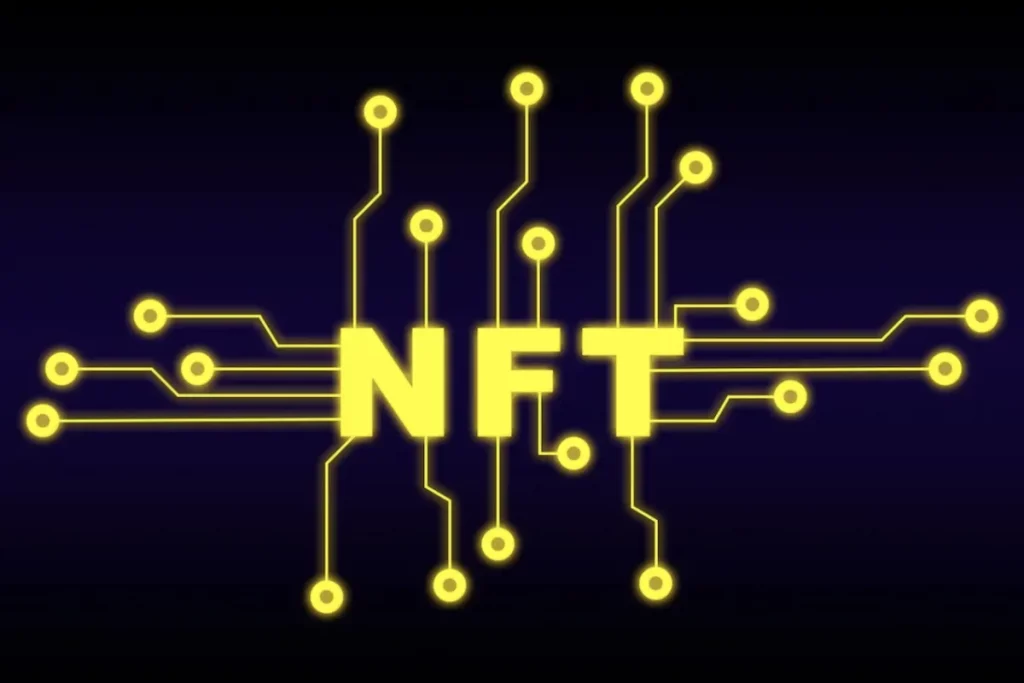NFTs are no longer just about ownership. In blockchain games, they are starting to impact the way that players interact with one another, particularly in multiplayer games. These changes are not just of skins or badges.
Now, players can use NFTs to create teams, manage assets across accounts, or create advances in shared online worlds. This use of digital tokens is beginning to set the way in which some communities create their in-game identity.
Broader Reach of NFT Features in Crypto-Based Games
NFTs are now used in more than just RPGs or open-world builders. While most NFT titles are still focused on long-term character growth or land systems, there has been slow adoption in niche crypto games, including those in the casino sector.
Many still focus on exploration or long-term upgrades, but faster formats like crash games have built a strong base of active users. These games are built for short sessions and quick results. Popular titles such as Spaceman and JetX are played across a number of crypto-first platforms, often tied to token systems or live multiplayer elements.
Some of these platforms, including sites that offer the hugely popular Aviator game, are starting to test NFT-linked tools. These are not full asset systems like in RPGs, but small features that track long-term use or user status.
In some cases, NFTs are used to unlock profile badges or record high outcomes. A few platforms have added custom NFTs that act as access passes or show past results, but these are still limited in scope.
Cross-Game Items Are Starting to Connect Communities
Some platforms now link NFTs across multiple titles. This works best for chains like Ethereum or Arbitrum, where smart contracts can help create different games within the same network. This enables players to use the same NFT in multiple locations, which can help to retain users within the same ecosystem for an extended period of time.
TreasureDAO is one example. It has a number of games with the same token system. NFTs gained in one game may be used to gain access to another. That changes how users behave. They don’t consider each title to be a separate story. Instead, it is a single lengthy audio of value and progress. This is good for players who like having a reason to come back, but it also ensures that a developer has a stable user base.
NFT projects are even used in third-party games. They no longer exist in a single world. Owners can lend them out for use by other players. That is more flexible for multiplayer setups and opens up new ways of working together.
Social Gameplay Built Around Tokens
In several blockchain games, players don’t just own NFTs, they use them to access events or join player-run systems. This adds new reasons for users to cooperate. Some NFTs give special access, while others carry performance stats.
These stats might decide team rank, entry into challenges, or roles inside a group. This turns the NFT from a static item into something tied to player activity. Guild of Guardians uses a party-based format where users create teams from collectible characters. The NFTs have specific skills that affect how each team performs.
In Illuvium, players can capture, upgrade, and sell creatures, which also have use in battles. The value of these NFTs depends on how they’re used, not just how rare they are. Multiplayer choices in these games revolve around what users hold and how they want to trade or deploy it.
What Could Happen Next
The next phase for NFT-based multiplayer games won’t be about fancy assets or rare drops. It will be about making those assets useful within group systems. Games that facilitate shared ownership, team mechanics, or cross-title identity are in a better place to hold players. That’s where the overwhelming bulk of the new work is being done.
World of Dypians and Lumiterra are two current examples. Both allow players to earn and use NFTs in ways that affect group play. Whether that means holding territory, farming or trading, users act in teams. These games are a glimpse into how multiplayer formats will embrace NFTs, not just as a style choice, but as a means of influencing the way groups play and strategize.
Main Image Source: Pixabay

